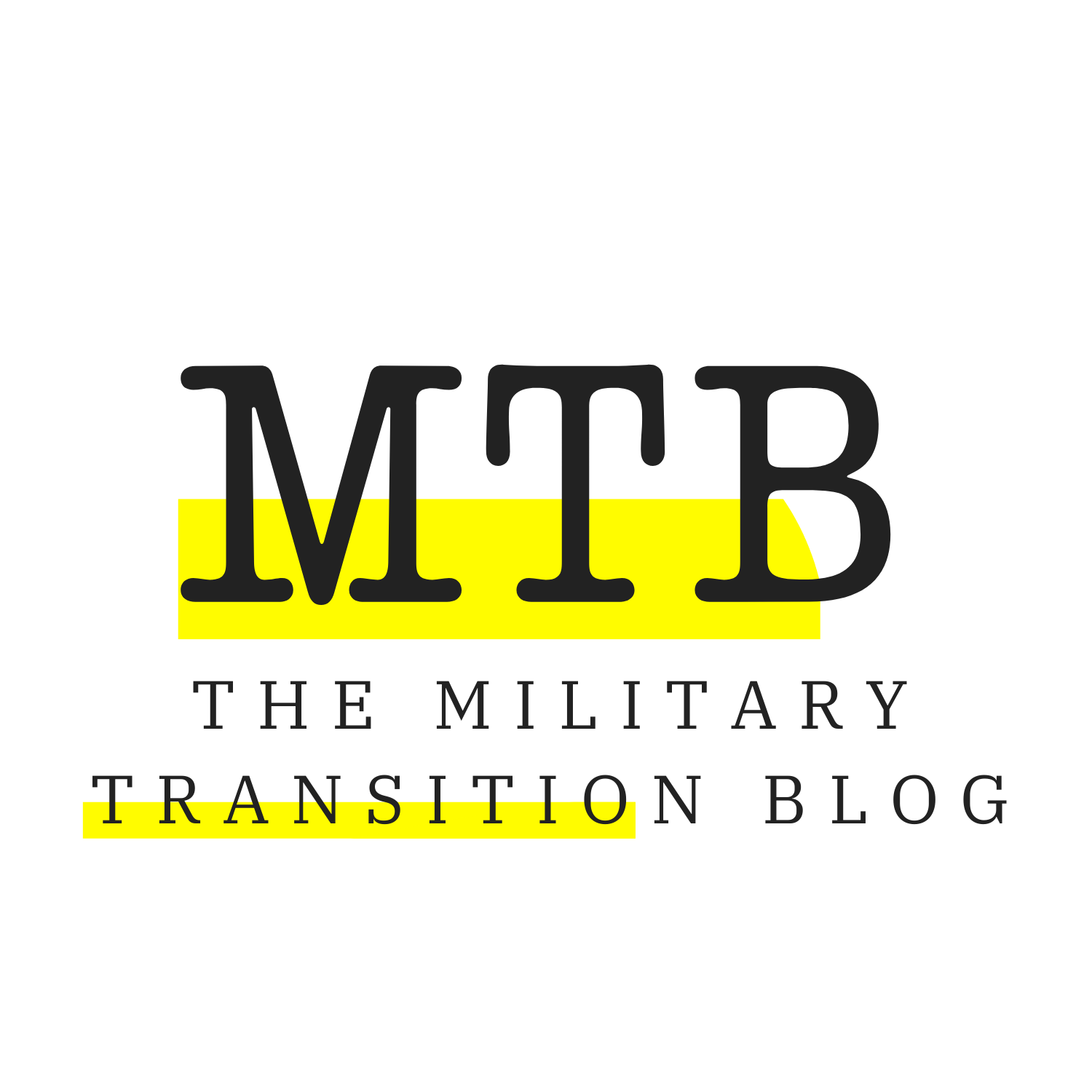Leaving the military, whether retiring or separating is a HUGE decision. There are all sorts of implications: financial, emotional, psychological, familial, etc. While in the military, you tend to identify as a servicemember. You are an Airman, Soldier, Marine, or Sailor. You grow accustomed to those “Thank you’s for your service, free medical, not having to think about what outfit you are wearing to work every day, the occasional shopping discounts, and of my all-time favorite, free baggage at the airline counter while traveling. Once you leave the military, many of those perks abruptly end. But, with that ending may come stability for you and your family, no more deployments, no more forced early morning PT, and a semblance of freedom to do what you have always wanted to do.
In order to have a successful transition from military life to civilian life, you must at a minimum follow these 4 steps:
1. Begin your transition plan 24 months out!

Two years? Two whole years? Yes. You need to be thinking about life after the military two years out. I understand that life happens and many of you won’t have a 2-year head start, but I would recommend you do your best to meet that milestone. In the absolute worst-case scenario, you should not plan your exit less than 6 months after your decision. If you break that 180-day window, you are putting a successful transition and your peace of mind severely at risk. You will want to attend a Transition Assistance Program class, through your local/closest TAP office, begin growing your pre-existing (hopefully) nest egg, begin or revamp your resume if you are going the employment route or get smart on educational opportunities if you decide to go back to school.
2. Start saving
Fifteen years ago, you only needed about three months of savings to get you through the rough patch of switching careers, learning how to live off of your Post 9/11 stipend or regular GI Bill benefit, or adjusting to your post-retirement income. But, that number has gone up to 6-12 months. That is 6-12 months of living expenses: rent, utilities, food, recurring bills, and minor miscellaneous expenses.
You should open a separate account and name is something inspiring (e.g. Freedom Fund), then start an automatic transfer of at least 25% of your monthly income to that account as far out as possible.
 Years ago, when I temporarily separated from the Air Force in order to get my bachelor’s degree and return to active duty with my commission, I had a 6-month emergency fund. Two things became glaringly clear, that was the best decision I had ever made and I needed every single dime of it. While going to school full time, on a full scholarship and cutting my expenses down to the bare minimum, it was still hard for me to adjust from living life as an E-5 to living like an unemployed, full-time college student. Even though I was receiving my GI Bill stipend and unemployment for the first six months after I separated, I was on the struggle bus adjusting to the difference in income.
Years ago, when I temporarily separated from the Air Force in order to get my bachelor’s degree and return to active duty with my commission, I had a 6-month emergency fund. Two things became glaringly clear, that was the best decision I had ever made and I needed every single dime of it. While going to school full time, on a full scholarship and cutting my expenses down to the bare minimum, it was still hard for me to adjust from living life as an E-5 to living like an unemployed, full-time college student. Even though I was receiving my GI Bill stipend and unemployment for the first six months after I separated, I was on the struggle bus adjusting to the difference in income.
3. Create a post-military budget

Draft a plan A, B, and C for what your life will look like after your military transition. Then, create a budget to match that lifestyle. If you are retiring, separating with a disability rating, planning to live off Post 9/11 GI Bill, or just planning to collect unemployment for 6 months, you need to know what that will actually look like on paper.
Once you wrote out that plan, try living to those standards for 3-6 months BEFORE you actually transition out of the military. It’s like financing an expensive car or buying your first house. Pay that car note or mortgage to yourself for a few months to see if you really have it in you to make those payments every month on time without risking your financial health.
4. Know what benefits you are entitled to
Although this step comes last, it is so important. At least 30% of the lead time you give yourself while planning your transition out of the military should be spent learning about your rights as a veteran and/or retiree. There are a plethora, no let me re-phrase, there is a shit-ton of programs, advantages, and assistance for veterans of U.S. military service. The problem is, the information about these benefits is all over the place. You are entitled to:
- Employment Assistance
- Education
- Training Opportunities
- Housing Assistance
- Life Insurance
…and so much more
Some good websites to start are:
Soldier for Life Transition Assistance Program
Department of Labor Veteran Site





0 Comments